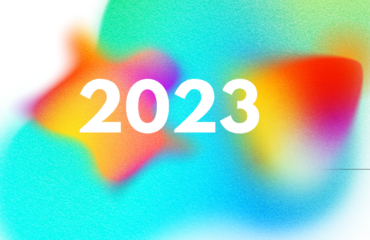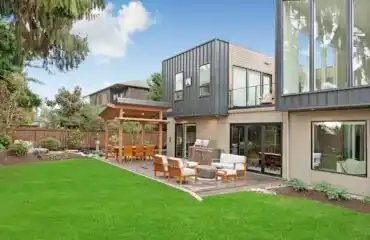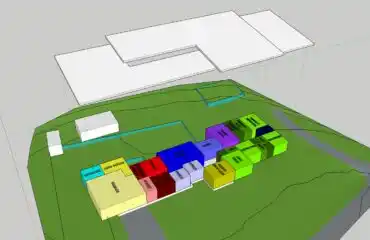AI photo generators have emerged as invaluable tools that our architectural designers are beginning leverage to enhance their creative process. These tools transform rough sketches into meticulously detailed images, incorporating intricate textures, lighting effects, and spatial contexts that emulate real-world environments.
By bridging the gap between conceptual sketches and immersive visualizations of the home, our designers can present their ideas in a compelling and engaging manner, fostering a deeper understanding of the envisioned spaces, and translating them into realistic representations that resonate with our homeowners.
Ultimately, these AI tools stand as a testament to the limitless possibilities that arise when innovation intersects with the timeless art of architecture, revolutionizing the way professionals conceive, communicate, and bring their architectural visions to life.

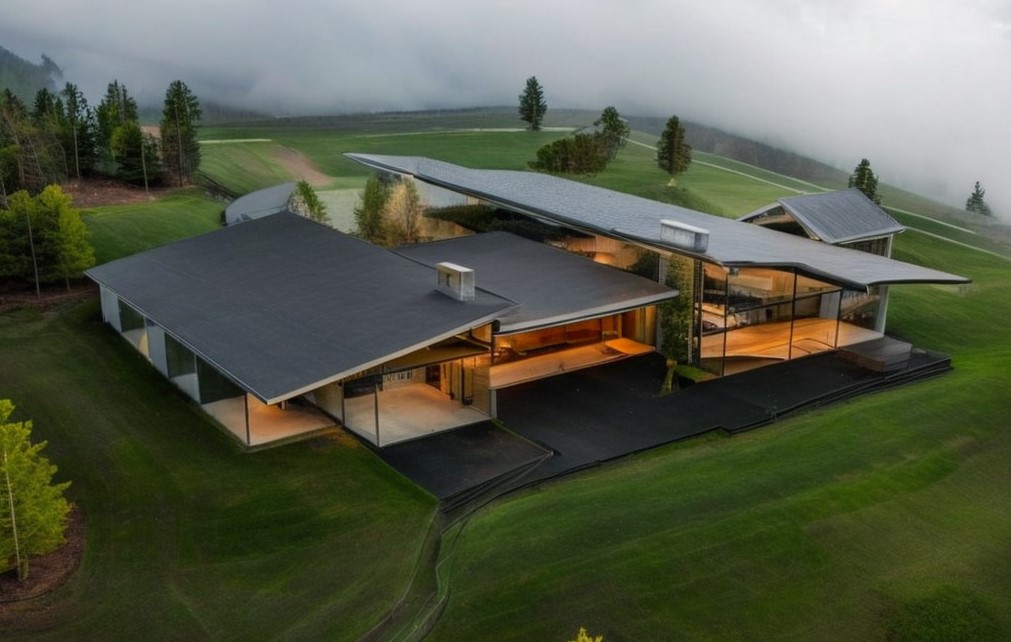
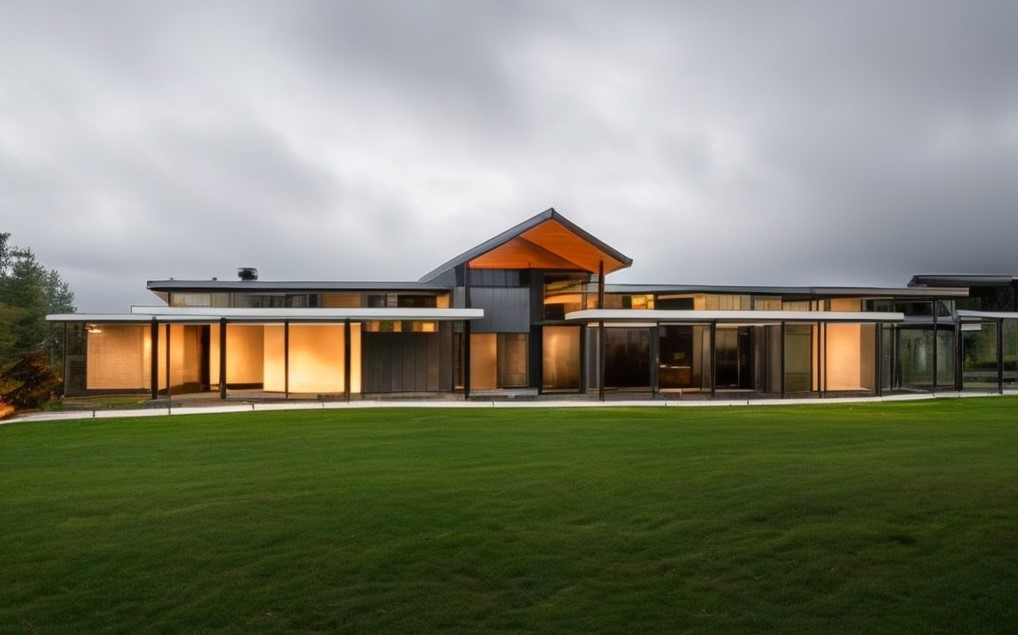
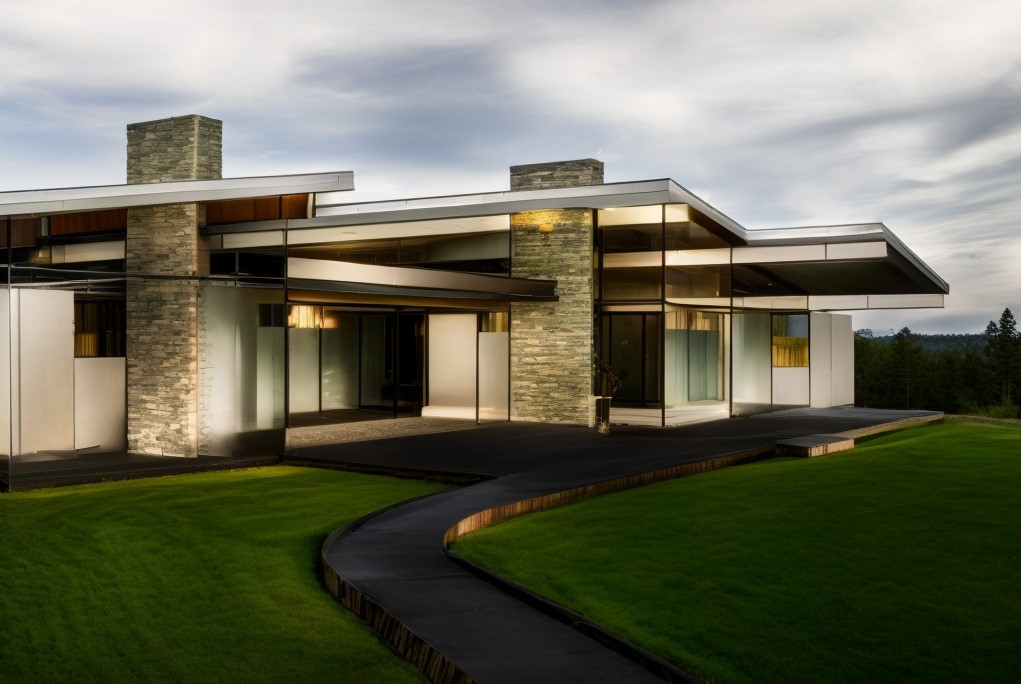
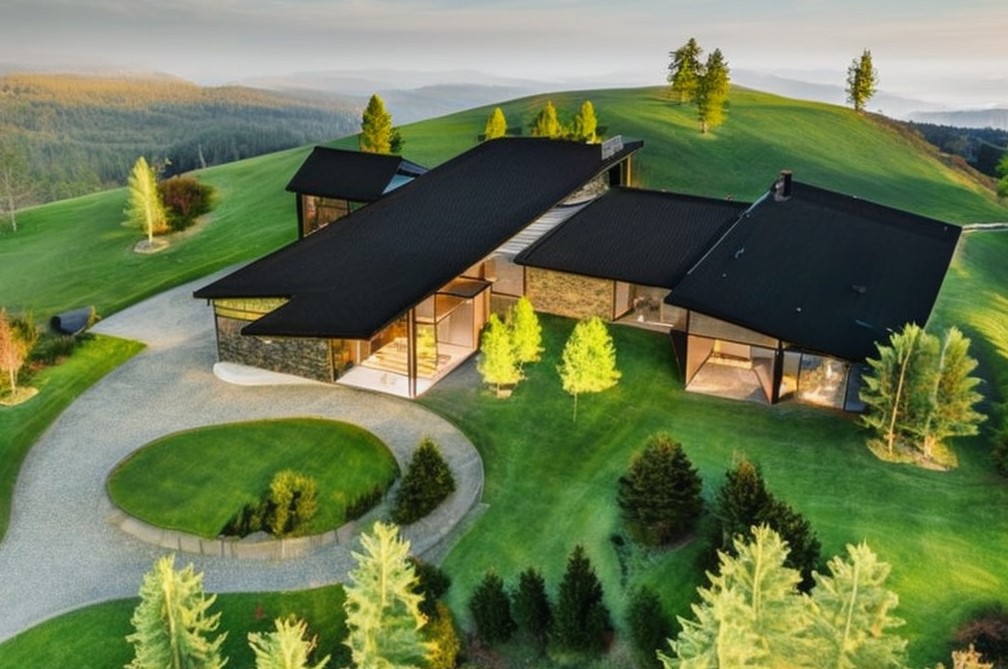

Here’s a more detailed exploration of how this process works:
- Sketch Creation: Architects create initial hand-drawn sketches of design concepts.
- Digitization: Sketches are converted to digital format.
- AI Input: Digital sketches are fed into AI photo generator software.
- Training: AI is trained using a dataset of architectural images and sketches.
- Image Generation: Add textures, lighting, and details to sketches.
- Pattern Recognition: Identify patterns and add relevant architectural details.
- Realism Enhancement: Consider lighting, shadows, and materials for realism.
- Iteration: Architects fine-tune AI-generated images to match their vision.
- Client Presentation: Realistic images aid client visualization and decision-making.
- Collaboration: Detailed images foster better feedback and collaboration.
In essence, the process involves artificial intelligence algorithms interpreting the initial sketches and enriching them with detailed visual elements. This symbiotic partnership between human creativity and AI-powered enhancements revolutionizes the way architects are able to communicate and visualize their designs. How cool is that?!
